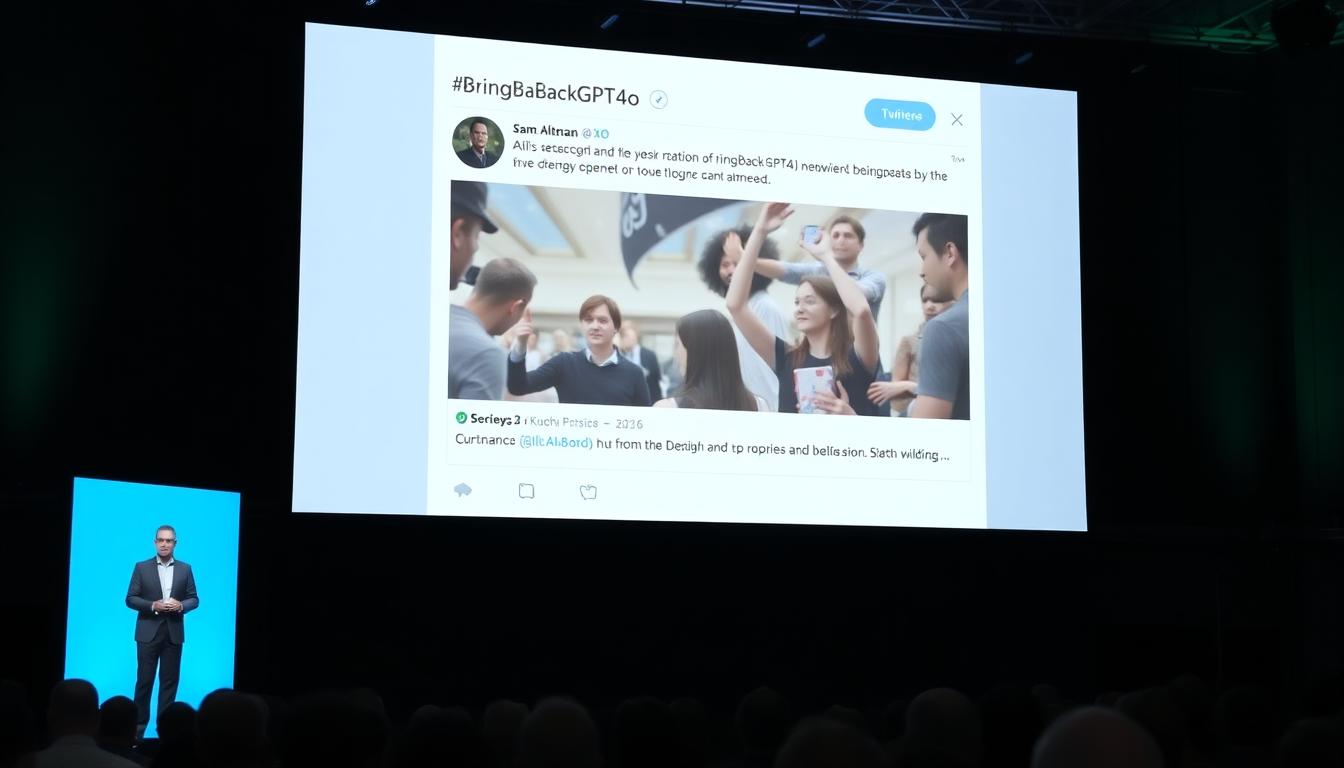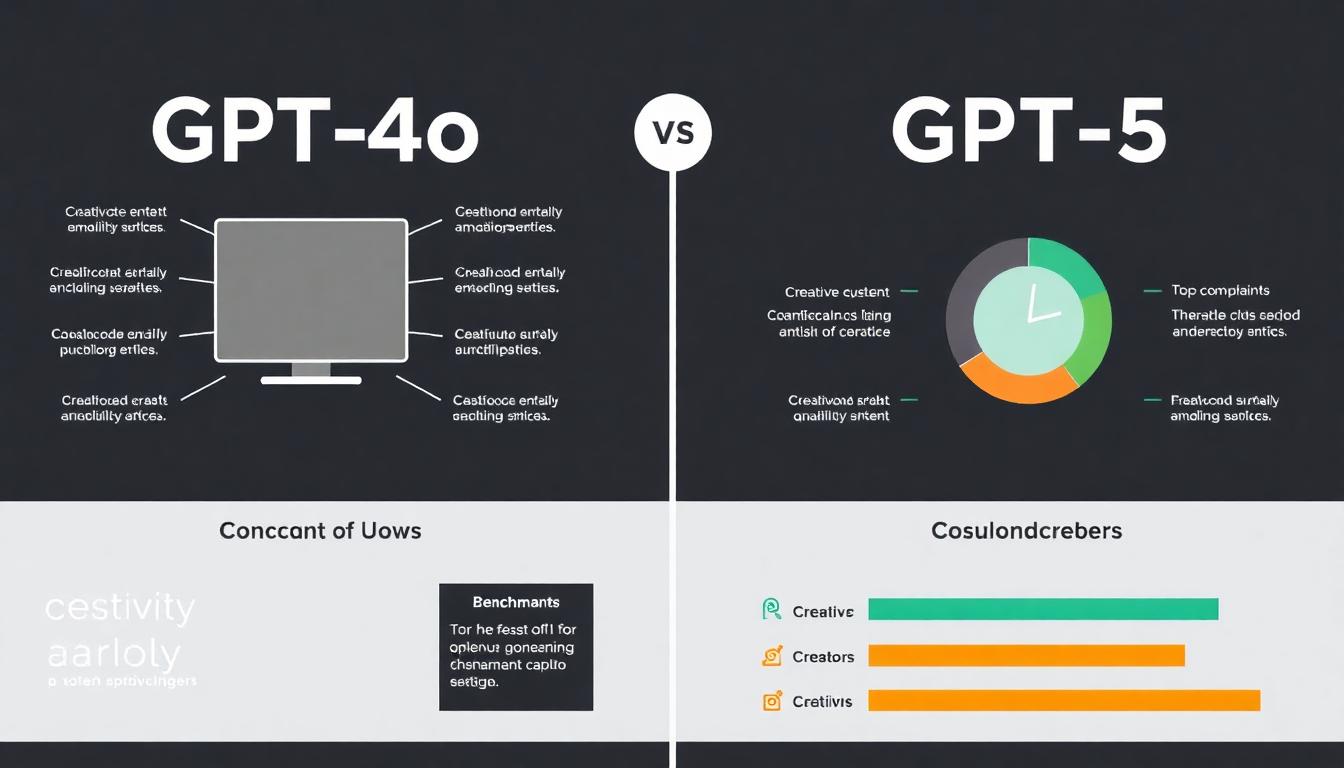The launch of ChatGPT-5 by OpenAI in August 2025 was meant to be another big leap for generative AI. But as soon as it rolled out, a wave of user frustration filled online forums. Many users found ChatGPT-5 less friendly and less creative than GPT-4o. Some were so upset by the changes, they posted about shedding tears and losing what they saw as a “companion” model.
Community Outcry: #BringBackGPT4o
Reddit quickly became a hotbed for venting. Threads with thousands of comments detailed complaints—users miss how GPT-4o felt warm, funny, and interactive. The switch to GPT-5 was labeled by many as “cold,” “robotic,” and even “emotionally flat.” Social media platforms like X/Twitter saw the hashtag #BringBackGPT4o trend for days.
OpenAI’s Response and CEO Sam Altman’s Statement

OpenAI CEO Sam Altman responded to mounting pressure, promising to restore GPT-4o access for ChatGPT Plus users. He admitted the team had not fully realized how much people valued the older model for its personality and consistency. He also stated the company is working on more customization and steerability to help users shape their AI experience.
What Changed with GPT-5?

GPT-5 brought technical improvements:
- A larger context window (up to 400,000 tokens for some users)
- Two new model variants, GPT-5 mini and GPT-5 nano, for faster and cheaper responses
- Higher benchmark scores on some academic and corporate testing
Despite these features, users found GPT-5’s replies more formal and concise, with a drop in creative storytelling and less emotional nuance. Many also disliked the lack of model choice and felt that forced upgrades broke trust.
Model Management and User Trust

OpenAI’s shift from customizable model selection toward automated routing and one-size-fits-all upgrades left experienced users and developers frustrated. For many, the emotional connection with a “friendly” or “supportive” AI wasn’t just a feature—it was at the core of frequent use.
Technical differences aside, the bigger story was how people had built habits and even a sense of companionship around GPT-4o. Losing that felt personal to thousands.
Broader Social and Ethical Questions
This episode signals a larger trend in AI: as these tools get more integrated with daily life, they’re not just utilities—they’re becoming emotional touchpoints. Users, including those who rely on AI for social support, report a real sense of loss and anxiety when a model changes or is discontinued. Researchers say the ethical and psychological impacts deserve more attention as AI becomes more social and less mechanical in its role.
Looking Forward
OpenAI’s reaction—restoring GPT-4o for some users and promising more control—shows how central user experience is to AI adoption. The controversy around this upgrade underscores that AI is no longer just a technical product, but, for many, a trusted presence. Model updates now carry emotional as well as practical risks, and user voices are shaping the pace and shape of AI deployment.
To contact us click Here .

